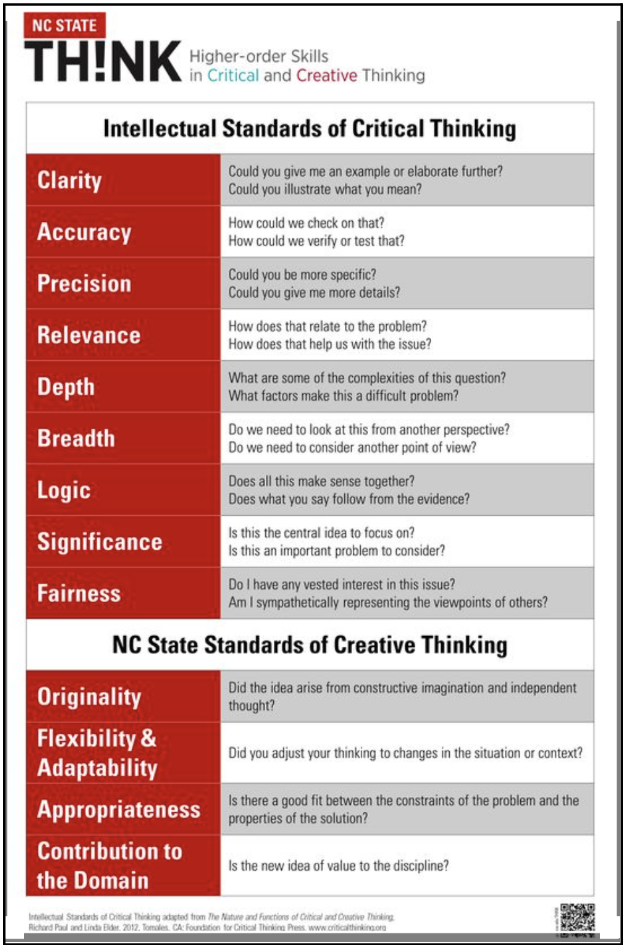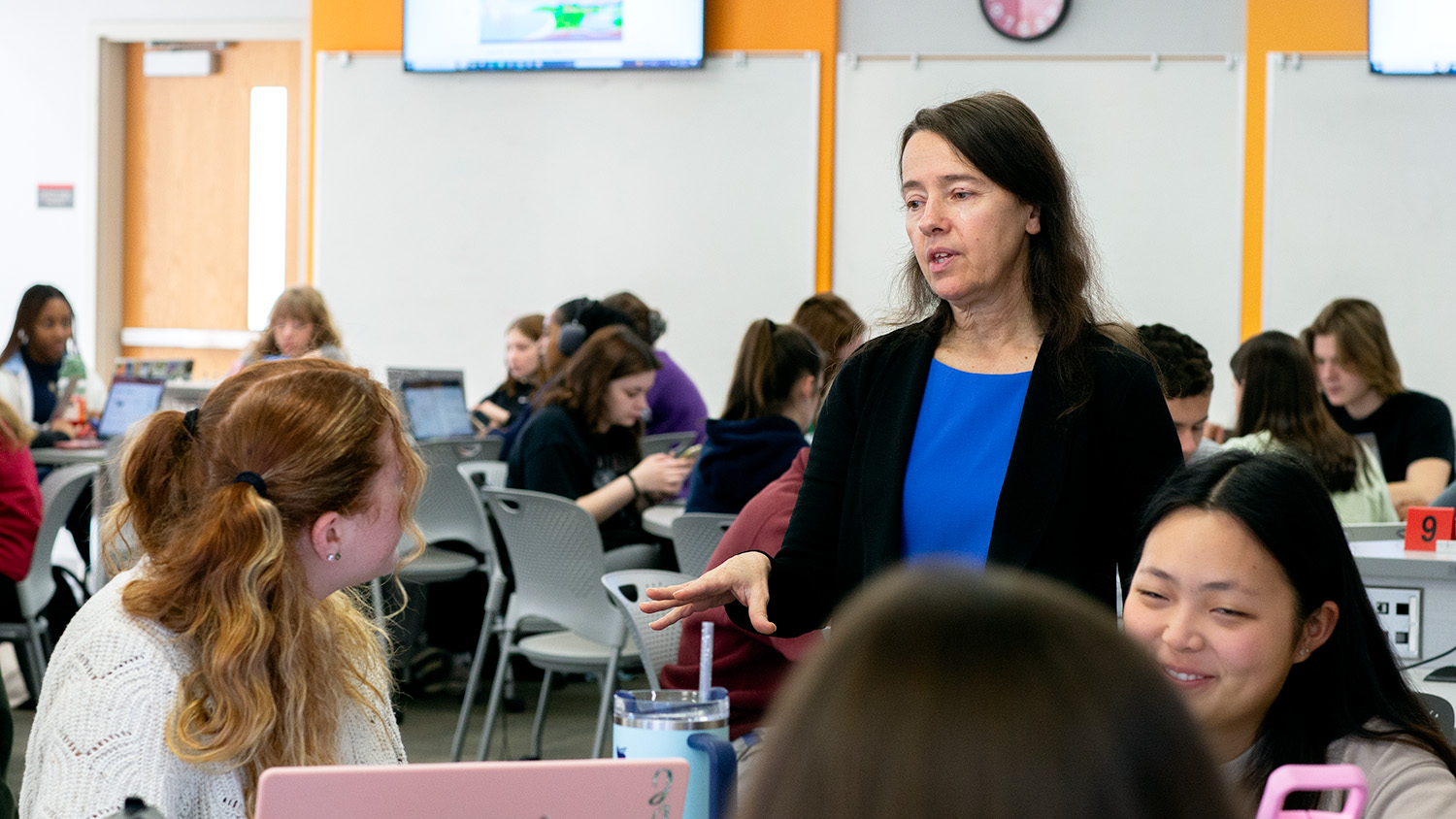Three Classroom Strategies for ChatGPT

Love it or hate it, ChatGPT is here — with many platforms such as Google Bard and Microsoft Bing on the way. Now is the time to think about how we can work WITH ChatGPT to prepare our students for responsible use of this technology.
ChatGPT is a chatbot that took academia by storm in late 2022. This bot differs from earlier chat bots because it creates text in a conversational manner that can pass for something a human being wrote.
Naturally, this leap in technology is creating a mix of emotions ranging from excitement to anxiety. Not only can it write poems, sonnets and essays, it can mimic a convincing debate partner on an unlimited number of topics. In fact, ChatGPT recently earned passing scores on the evidence and torts portion of the bar exam. Many believe it will foster an epidemic in cheating and many others look at it as a means of reimagining teaching methodologies to inspire students to create original prose which cannot be mimicked by a machine.
OpenAI released this artificial language model which is now available in a free research preview format. It provides very natural interactions like answering questions, challenging inaccurate information and it even admits when it makes a mistake.
What is ChatGPT?
I asked ChatGPT to define itself, and this is the response:
“ChatGPT is an AI language model developed by OpenAI. It is a type of conversational AI system that is trained on large amounts of text data to generate human-like responses to natural language input. The model uses advanced deep learning techniques, such as the transformer architecture, to generate responses that are coherent and relevant to the input text. ChatGPT can be used in a variety of applications, including chatbots, question-answering systems, and language translation.”
ChatGPT can return some impressive results; however, sometimes the information is flawed. In addition to the problem of incorrect information, there is real concern with how ChatGPT can be used to cheat or even create misinformation. But, those concerns should not make us ban ChatGPT from our classrooms. Instead, we can acknowledge the pitfalls and embrace the challenges that ChatGPT brings to our classrooms to leverage this new technology.
Here are three ways to face the changes that ChatGPT is already bringing to our classrooms.
Go Back to the Basics
As everything is changing rapidly with AI, it is a great time for instructors to pause and return to Bloom’s Taxonomy to reconsider existing assignments and how to adapt them.

ChatGPT can handle those lower-level skills like remembering and understanding with ease. Assignments that are focused only on recalling facts, summarizing, or defining are at great risk of being outsourced to ChatGPT (which is a nice way of saying cheating). However, if assignments are more focused on the higher-order thinking skills like evaluating and creating, ChatGPT has a more difficult time generating a truly meaningful response. Yes, ChatGPT can create text that compares/contrasts and draws connections. While the responses may be well structured, they feel generic and lack personalization and depth. To combat the problem of ChatGPT generating assignments, focus on higher-order skills that connect to the students’ lived experiences. This approach will make it less desirable (and less likely) to use ChatGPT to generate a response.
Let’s Get Critical and Creative

In addition to revisiting Bloom’s taxonomy, this is also a great time to consider the intellectual standards for critical and creative thinking: clarity, accuracy, precision, relevance, depth, breadth, logic, significance, fairness, originality, flexibility, adaptability, appropriateness, and contributions to the domain.
Use the corresponding questions for each of the standards as inspiration for assignments, peer feedback prompts, and instructor feedback. Be explicit about critical and creative thinking (the first two of the five Pack Proficiencies) with your students. Reinforcing these concepts and giving space to explore them will help students develop these important skills. Most importantly, we can encourage students to apply their critical and creative thinking skills to critique and reflect on ChatGPT output.
Can’t Beat ‘Em, Join ‘Em
Despite the potential ethical implications of ChatGPT, ignoring or banning this new technology is not the answer. Instead, let’s stretch our own critical and creative thinking skills to develop new assignments—assignments that will prepare our students for the world in which ChatGPT exists.
- Work with students to develop excellent prompt writing skills that allow ChatGPT to generate the most meaningful responses. The better the prompt, the better ChatGPT can adjust the tone, vocabulary, style, and content. This approach could work for writing assignments, coding, and technical instructions.
- Use ChatGPT as a productivity tool to jump-start the writing process. Staring at a blank screen frustrates students and can stifle creativity. Let ChatGPT get started, and then let students take it from there.
- Incorporate ChatGPT into the process. This can help students see drafting as part of the process of learning and not just focus on the finished product. Students would submit their draft, the revised version, and a reflection on the changes. Ask them to reflect on changes, potential biases, and ethical concerns. Two ideas:
- Have students write a draft, ask ChatGPT to revise it (using those prompt writing skills noted above), then have the students reflect on and evaluate those revisions. Then, students compare and contrast their draft with ChatGPT’s version.
- Have students write code and comment that code, then ask ChatGPT to help debug it.
ChatGPT is going to change our classrooms and our assignments. Teaching our students to use it responsibly is important as we, as a society, address the ethical implications of incorporating more and more AI into our daily lives.
For more reading on ChatGPT, the ethics of chatbots, and the rapidly changing landscape of AI in education and communication, please see my ChatGPT Reading List.


